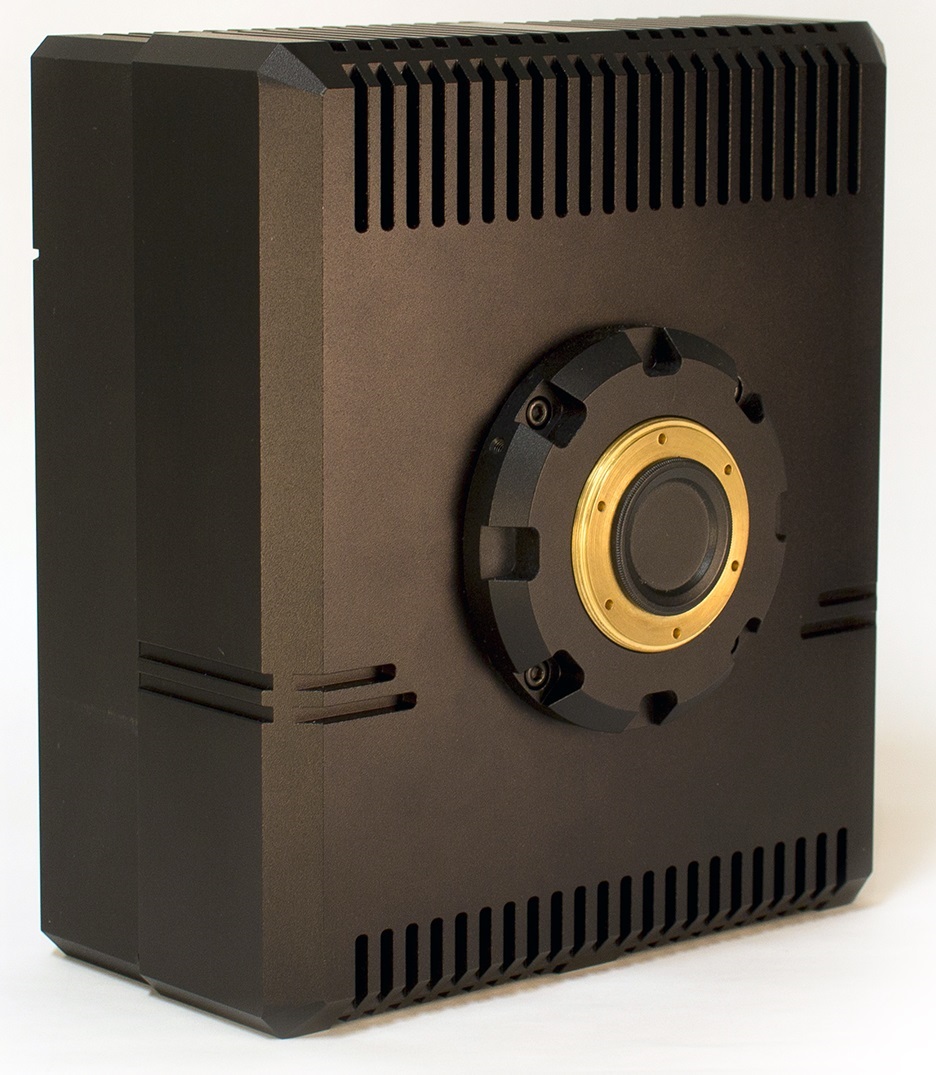5 April 2017 - Groningen (NL) - Lambert Instruments today announced the introduction of its next-generation fluorescence lifetime imaging camera: Toggel. This new camera makes fluorescence lifetime imaging microscopy (FLIM) and fluorescence resonance energy transfer (FRET) faster and easier with its excellent light sensitivity, sharp images and fast image acquisition.
With Toggel, Lambert Instruments aims to minimize measurement duration, automate image acquisition and simplify data analysis. These factors are of great importance to many of its customers in cell biology, cancer research and high-throughput screening.
"Toggel is the result of years of research and development." says Jasper Bosch, Development Engineer at Lambert Instruments. "From the start, we have collaborated with experts in FLIM and FRET at the Netherlands Cancer Institute, the University of Amsterdam and Delft University of Technology to make sure that this new camera fits the needs of our customers."
Toggel features a unique image sensor that was designed and optimized specifically for FLIM applications. This advanced sensor contains all the functionality required for fluorescence lifetime imaging, making the Toggel camera a solid-state FLIM camera and removing the need for an image intensifier. These technological improvements enable lifetime imaging at unprecedented frame rates with the single-image fluorescence lifetime imaging microscopy (siFLIM) method.*
"We used a prototype of this camera to develop a method for acquiring quantitative lifetime images from a single exposure." says professor Kees Jalink of the Netherlands Cancer Institute. "siFLIM takes advantage of the technical capabilities of this camera and simultaneously records two 180°-phase-shifted images. This allows for video-rate lifetime imaging with minimal phototoxicity and bleaching. siFLIM is also inherently immune to artifacts stemming from rapid cellular movements and signal transients."
Other imaging modes of the camera include regular frequency-domain FLIM acquisition and time-lapse recordings. Data analysis is done automatically by the Lambert Instruments software, which instantly calculates the fluorescence lifetime and presents it to the user as a colorized overlay on the original image.
For more information about Toggel, please visit www.lambertinstruments.com/toggel.
* siFLIM: single-image frequency-domain FLIM provides fast and photon-efficient lifetime data, M. Raspe et al, Nature Methods 13, 501–504 (2016)
About Lambert Instruments
Lambert Instruments B.V., founded in 1992, located in Groningen, the Netherlands, develops advanced imaging solutions for low-light applications. Its flagship product is the Lambert Instruments FLIM Attachment (LIFA), which is a turn-key solution for fluorescence lifetime imaging microscopy (FLIM) and fluorescence resonance energy transfer (FRET). With end-users at all major universities and research institutes worldwide, Lambert Instruments has a solid reputation for high-end imaging solutions.













